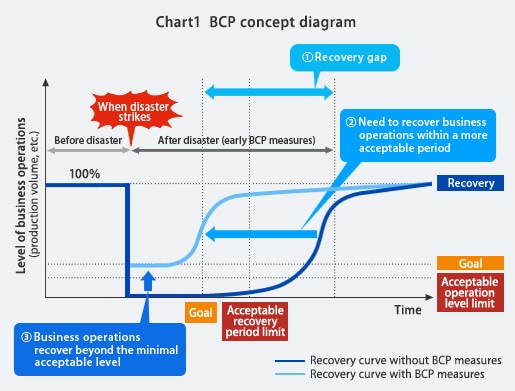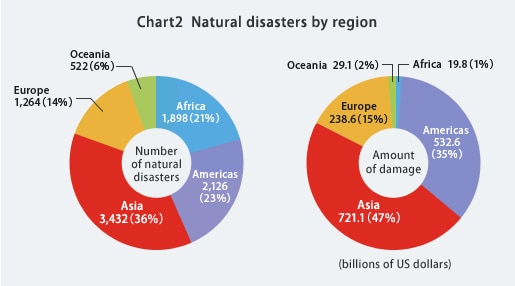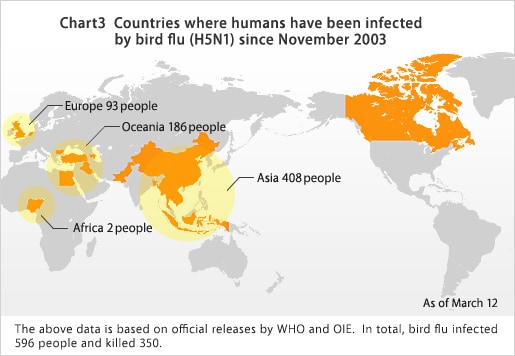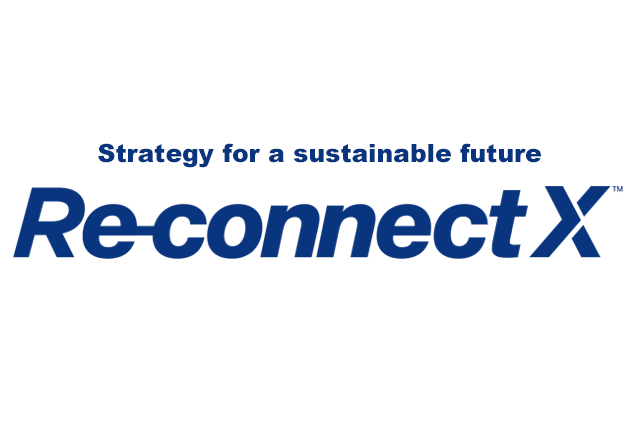Rising Demand for Business Continuity Solutions in Asia
NTT Com Global Watch vol.4, Revised March 2015
At the end of 2014, the Japanese government began an overhaul of its information technology policy in order to improve the global competitiveness of Japanese industry. The government is facilitating discussions by the Information Economy Subcommittee of the session meeting for the Commercial Affairs Information Distribution within the Industrial Structure Council. The talks concern standardization and systematization in order to promote the utilization of big data by all industries including the manufacturing industry. Its aim is to promote the utilization of strategic ICT and reform industry in Japan with global practices, starting from inside Japan. In other words, it is a modern industrial revolution. The context for this is the promise of big data on a global scale due to the development of the "IoT" (Internet of Things).
Global BCP trend
Businesses are always battling against various types of threats to business continuity. To prevent interruptions and accompanying losses in the event of natural disasters, pandemics, etc., a growing number of companies are developing BCPs that define routine business activities and the means of continuing them, or achieving swift recovery, when such disasters strike.*1 Now that business is so dependent on sophisticated information systems, no company can afford to be without a BCP and disaster recovery (DR) plan.

Drawing up a BCP helps a business to continue operating during a disaster or shorten recovery time following a disaster.
Source: Guideline for business continuity, 1st edition by Cabinet Office, Government of Japan (Japanese)
Since the September 11 attacks, worldwide recognition of the importance of BCPs has increased and corporations in Europe and America have addressed BCP issues with more care. Several multinational corporations have even established unified standards for their branches worldwide. In Japan, the Great East Japan Earthquake further heightened awareness of BCPs and impelled many companies to begin implementing concrete countermeasures.
Back to top
Risk and the necessity of BCPs in Asia
In the booming Asian economies, there is a tendency to prioritize economic efficiency and growth at the expense of other considerations. As a result, Asia generally lags behind the West in implementing expensive disaster response measures in their infrastructures*2. This is true even though Asia is more vulnerable to natural disasters like floods, earthquakes and pandemics than the rest of the world and is therefore in more urgent need of BCP measures.

Both number of natural disaster occurrence and amount of damage occupies large portion of percentage, comparing with the rest of the world regions.
Source: Disaster prevention white paper by Cabinet Office, Government of Japan (2010) (Japanese)
The 2011 floods in Thailand are a dramatic example of the risks posed by natural disasters in Asia. The floods severely impacted Japanese automobile, electronics, chemical and other corporations operating over 3,100 companies*3 in the country. Moreover, damage to the factories of foreign hard disk drive (HDD) makers in Thailand significantly affected PC manufacturers and caused a steep rise in global HDD prices. Similar flooding tends to occur in countries bordering Thailand (such as Myanmar, Laos, Cambodia, Vietnam and Bangladesh)*2, which generally share its climate and geographical conditions.

Asia has far more reported human cases of bird flu (H5N1) than the rest of the world.
Source: About bird flu (H5N1) by Health, Labour and Welfare Ministry (Japanese)
(Please refer to this site for the latest bird flu figures.)
When considering the risks of conducting business in Asia, one must always keep pandemics in mind. While pandemics don't affect facilities or computer systems, they prevent people from commuting to and running the facilities. If a pandemic strikes, such activities as commuting, business trips, meetings, travel between offices and visits to clients may become severely regulated. As a result, businesses are highly encouraged to take BCP countermeasures in Asia.
*2 Source: Japan should make contributions through its world's best disaster prevention technology for Thai Flood by Tomoyuki Takahashi (Professor of Safety Science, Kansai University) (Japanese)
*3 Source: Special Project: Fact-finding survey on companies making inroads into Thailand by Teikoku Data Bank (Japanese)
Back to top
DC-oriented BCP solution and NTT Communications
Data centers (DC) can play a major role in BCP solutions. When optimized for BCP and disaster recovery (DR), they can be utilized to store critical data as well as provide inter-DC data protection services that withstand wide-area disasters. These services can also be combined to provide a multi-location disaster recovery (MDR) solution.
Companies can manage risk by storing IT resources in a secure DC, just as precious goods are stored in a safety deposit box, and making use of hosting services. By backing up critical business data in DCs, companies can continue operating with minimal inconvenience even if floods damage their premises. Such backup measures also allow continued operation in pandemic conditions by utilizing services from remote offices. Unified communication systems and mobile equipment that seamlessly integrate phone and video conference systems can further contribute to BCP, as well as productivity.
In response to the increasing demand for BCP measures throughout Asia, NTT Communications is continuously expanding its BCP-related services. For example, the multi-location disaster recovery solution (MDR) launched in January 2012 is now supported by a DC in Hong Kong as well as 12 other DCs worldwide (in Japan, the U.S., Europe and elsewhere). This enables NTT Communications to provide BCP solutions on a truly global scale. In a sweeping effort to provide optimal, comprehensive services to corporations establishing businesses in Asia, NTT Communications is taking advantage of its worldwide offices and support framework to strengthen every aspect of its DC and Internet access business in Asia.
 EN
EN

